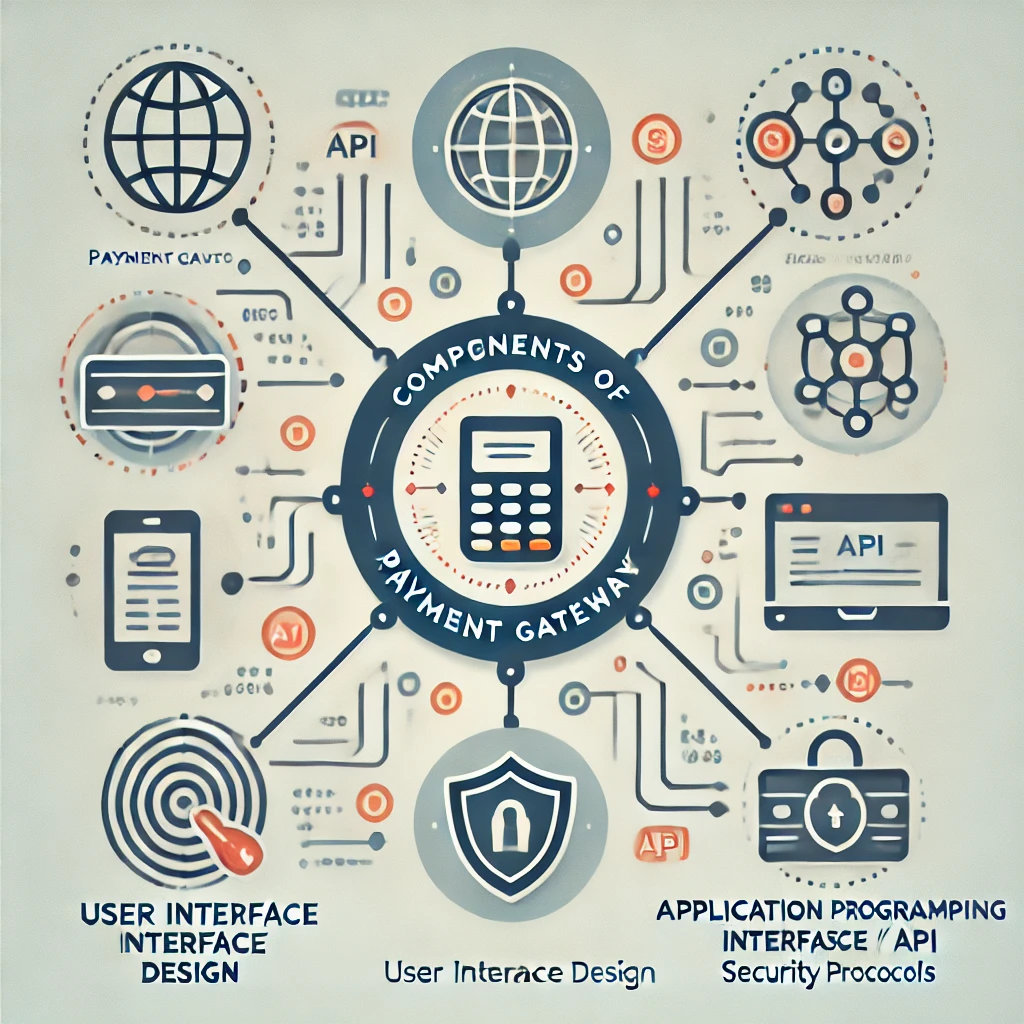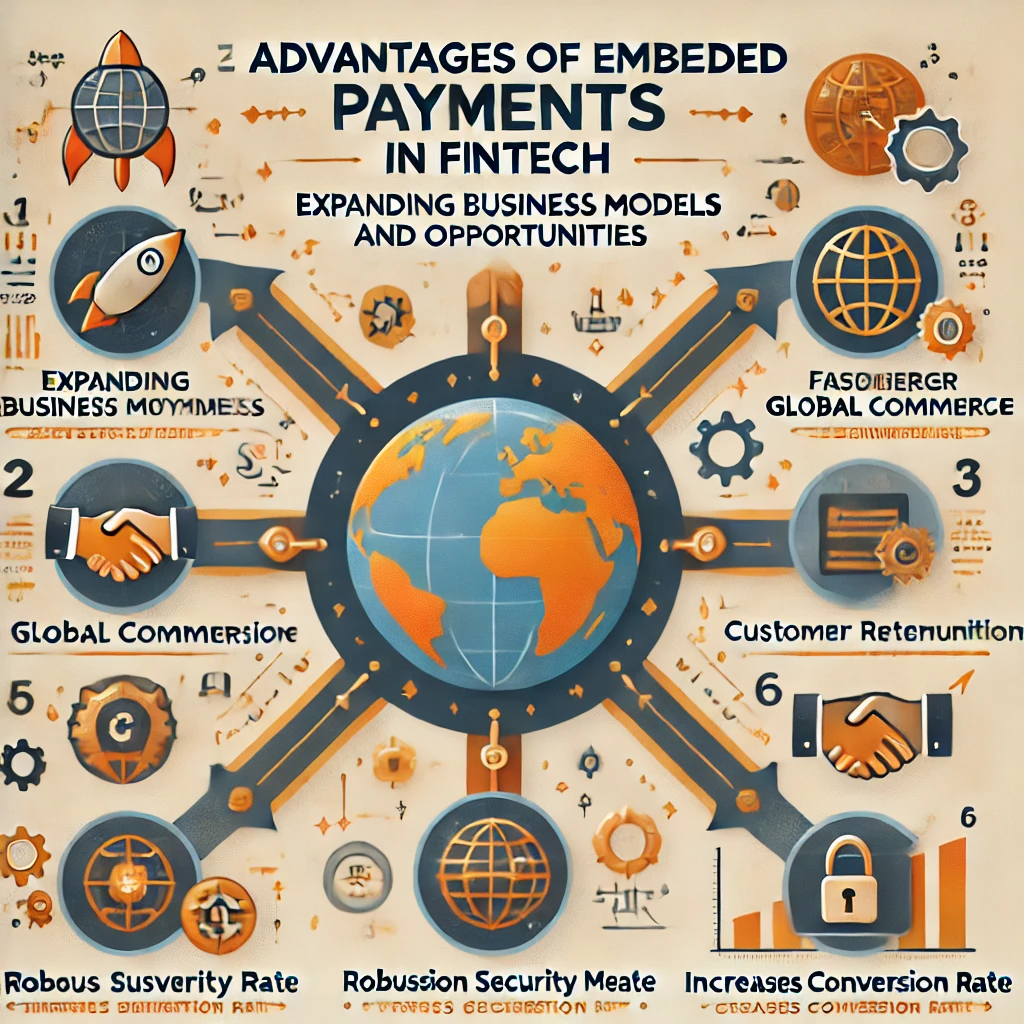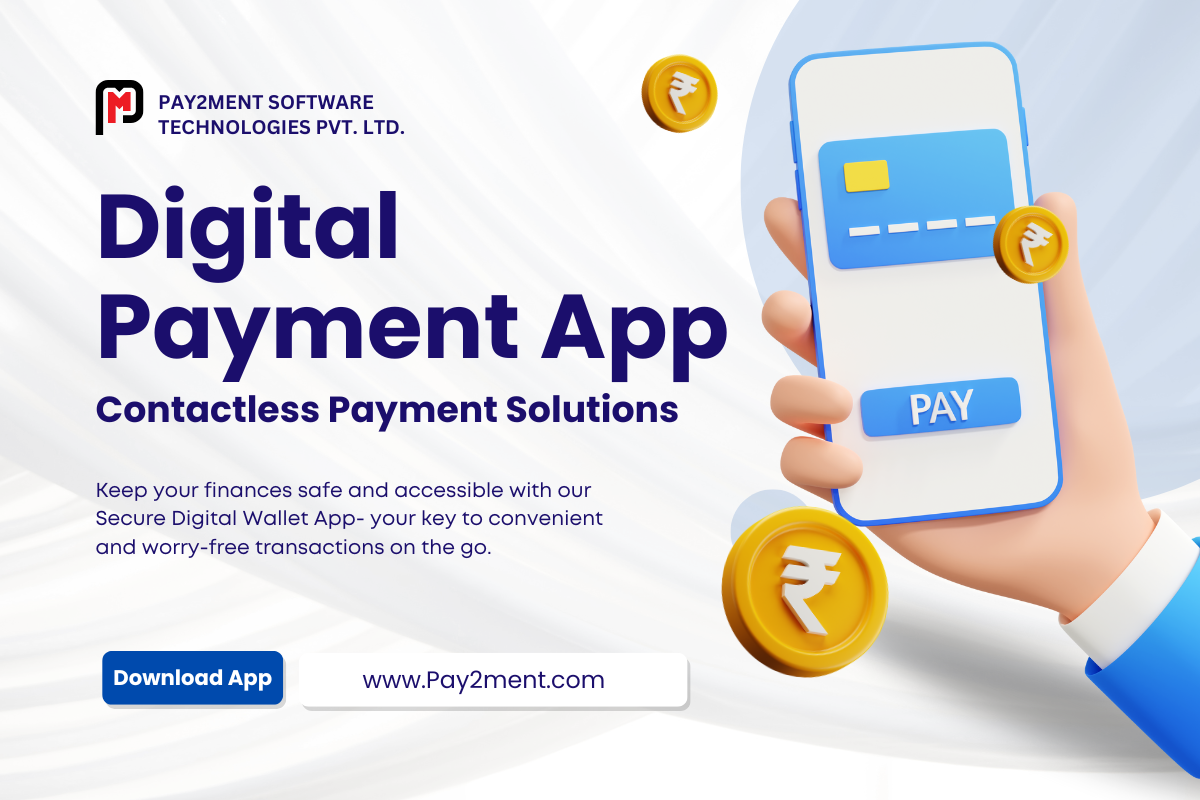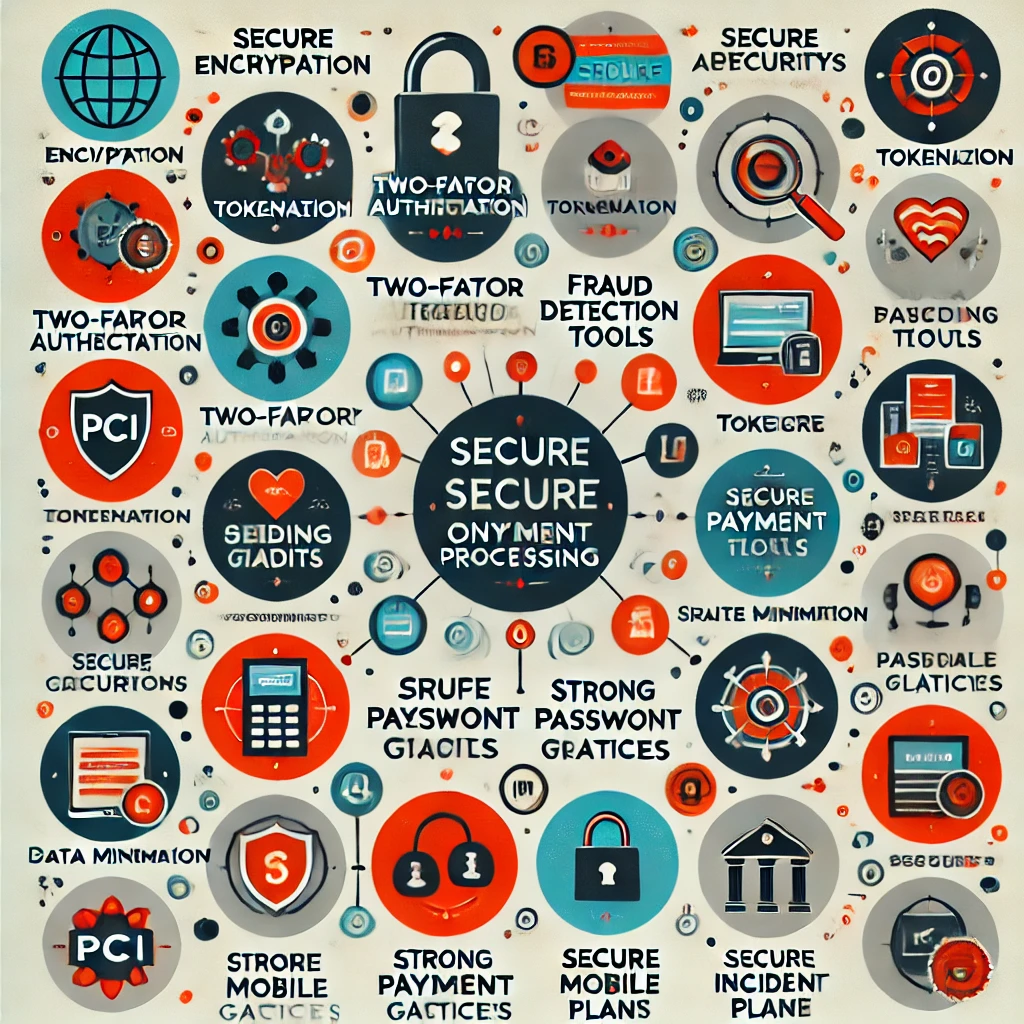The payment industry is evolving at an unprecedented pace. As a business owner, you’ve likely encountered terms like integrated payments, non-integrated payments, and ACH transfers. In this guide, we’ll delve into embedded payments, a revolutionary trend shaping the future of transactions.
With the global digital payments market projected to reach approximately $14.78 trillion by 2027, growing at a rate of 11.58% (2024–2027), embedded payments are emerging as a critical component of this transformation. SaaS and non-financial companies are rapidly adapting their solutions to meet the growing demand for seamless financial transactions.

What Are Embedded Payments?
Embedded payments are financial transactions seamlessly integrated into software, platforms, or websites, allowing users to complete payments without leaving their current digital environment. Unlike traditional payment methods that redirect users to external sites, embedded payments occur directly within the platform, offering a cohesive and uninterrupted experience.
For example, in a SaaS product suite, an embedded payment processor enables smooth transactions directly within the application, from checkout to payment completion. Businesses utilizing this model retain control over the entire customer journey, ensuring an effortless and integrated experience.
How Do Embedded Payments Work?
Embedded payments streamline the payment process while enhancing security and efficiency. Here’s a step-by-step breakdown:
Continuous Monitoring
Embedded systems continuously monitor transactions for fraud and collect user feedback to enhance efficiency and security.
Transaction Initiation
A user initiates a payment by selecting a product, subscribing to a service, or performing another transaction within the platform. This action sends a request to the backend system to begin payment processing.
Secure Authentication
The platform verifies the user’s identity using advanced encryption and tokenization. Rather than storing sensitive card details, the system uses unique tokens to safeguard data, even in case of a breach.
Connection to Payment Gateway
The platform connects with a payment gateway—a secure intermediary ensuring fast and safe communication with banks and card networks to validate transaction details.
Transaction Processing
The gateway communicates with the customer’s bank to confirm funds. The bank validates the transaction and sends approval back through the gateway.
Transaction Confirmation
Once approved, the system provides real-time confirmation to the user. This efficient process typically takes only a few seconds.
Settlement and Reconciliation
After the transaction, funds transfer from the customer’s bank to the merchant’s account. Automated reconciliation processes ensure records match transaction logs, simplifying financial management.

Benefits of Embedded Payments
Embedded payments deliver significant advantages to merchants and customers:
Scalability: Businesses can efficiently manage growing transaction volumes.
Seamless User Experience: By removing friction from the payment process, they enhance satisfaction and trust.
Enhanced Security: Advanced encryption and tokenization protect sensitive data.
Streamlined Operations: Automated settlement and reconciliation simplify financial management.
Increased Conversion Rates: An uninterrupted payment process reduces cart abandonment.
Why Embedded Payments Are a Game-Changer
This guide highlights the transformative potential of embedded payments for merchants. With their ability to simplify financial operations, improve user experience, and enhance security, embedded payments represent more than just a payment method—they’re a strategic advantage.
For businesses navigating the dynamic world of digital transactions, embracing embedded payments is essential for staying competitive, building trust, and driving growth in an increasingly digital marketplace.


